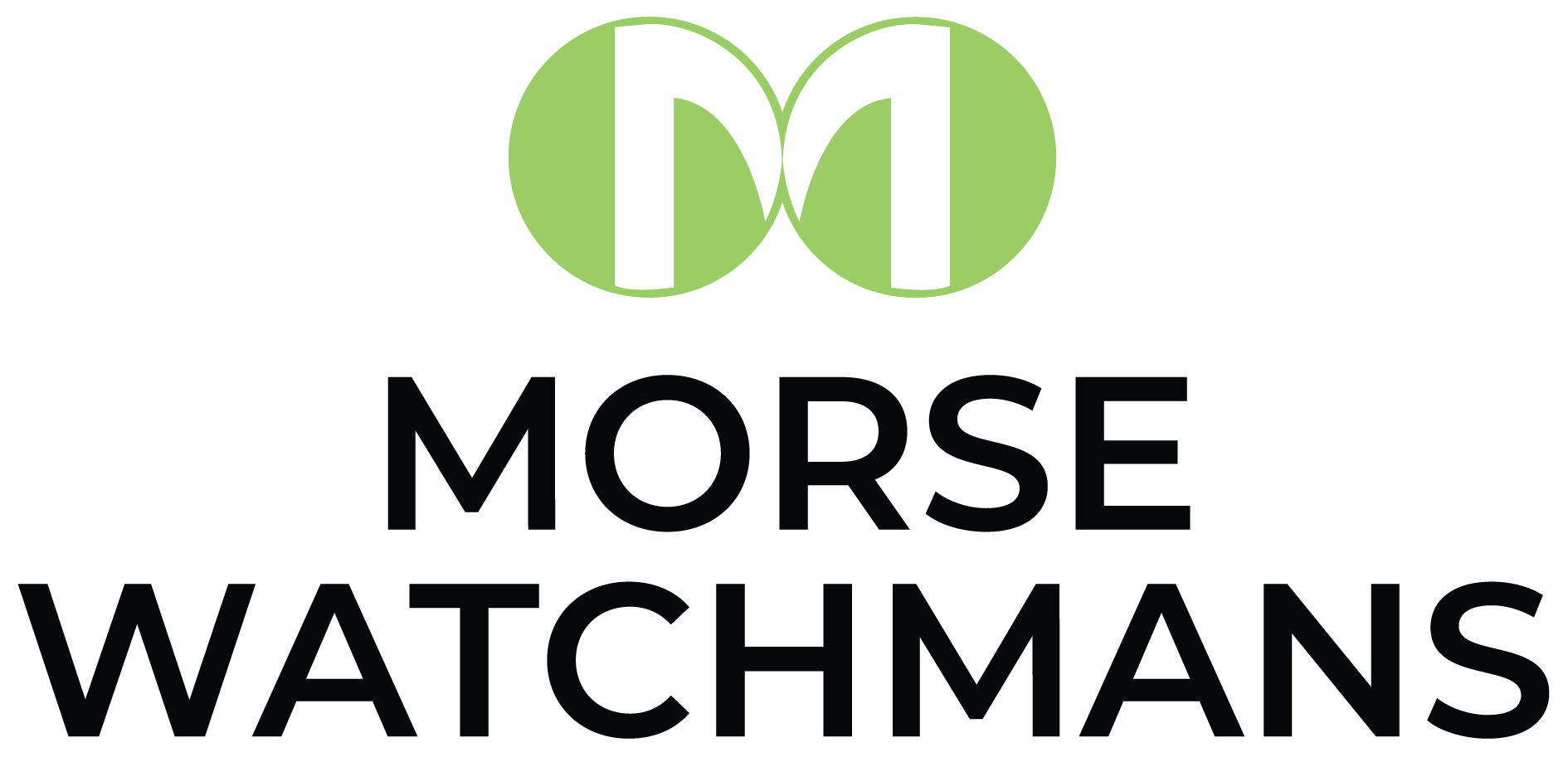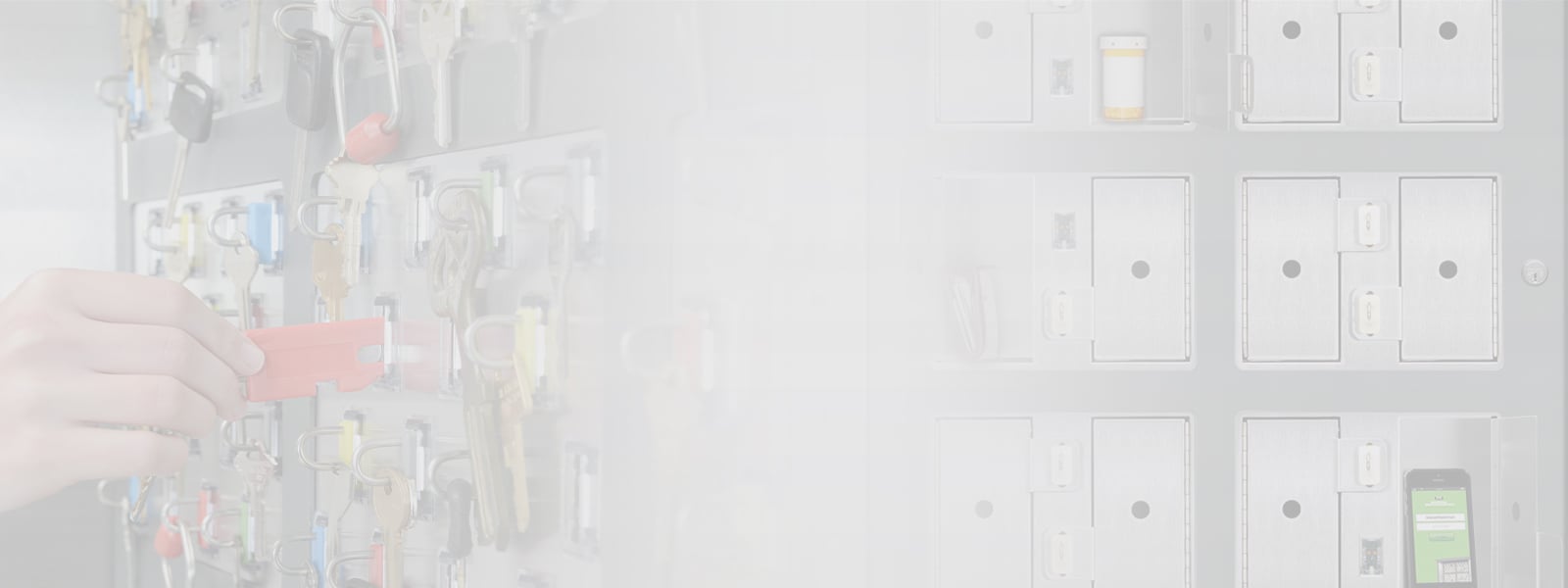Securing and controlling keys has taken many forms over the years and has evolved to a highly-sophisticated technology that spans across multiple security market segments. Before the advent and widespread use of electronic key control systems however, key control was often a haphazard routine. Many organizations used an honor system to store and control building keys, while institutions such as correctional facilities or medical campuses used a more formal system requiring access activity to be hand-written in a log book. The procedures were often ineffective, mostly laborious and frequently left the organization vulnerable because keys could not be 100 percent accounted for.
Through innovation driven by end user needs, today’s high-tech key control and management systems have moved far beyond those initial solutions, making them more reliable and secure than ever. Their state-of-the-art features optimize the three qualities that make a key control system such a valuable solution -- key security, key management and key control usage.
Key Security
With advanced key control systems, keys are secured in a tamper-proof cabinet and a PIN code or other form of identification are needed to access the key cabinet. Once identity and authorization have been verified, the cabinet unlocks and a key may be removed or returned. Only the key or keys for which the individual are authorized to use can be accessed and all other keys will remain locked in place. As an added safety measure, alarms can be triggered for certain predetermined circumstances such as the use of force to gain access or remove a key, invalid user codes, a door left open for more than 10 seconds after use, power failure, a key missing or not returned on time or a key returned by the wrong user.
Cabinet doors may be solid steel or they may be see-through polycarbonate material. Choices for modules to fill the cabinets may include a selection of mechanical key storage modules, key card modules, lockers of various sizes or simply blank modules to be filled at a later time. The combination of modules is entirely up to the user, offering the ability to customize and also reconfigure the system to meet changing or specific needs. Access to the key cabinets can also be customized, with optional interfaces including biometric fingerprint readers and magnetic or proximity card readers.
Key Management
Keys can be managed according to requirements (i.e. time/day available, personnel, etc.) and management can quickly query what keys have not been returned and when the key will become overdue. Reports can be generated which trace key movements by time, date and user code as well as audit reports that track keys in use and overdue keys; inconsistent key usage; and so on. Alerts can be sent via email or SMS text to appropriate personnel if a key is not returned to the key cabinet as scheduled or if a particular key is accessed or returned. Integration of multiple locations, with common usage of databases and programming allows user parameters to be instantly changed or terminated.
Key Control Solutions
Key management systems can be stand-alone solutions or integrated with a wide range of physical security systems for a more comprehensive physical security solution. These may include connectivity to access control, IP video surveillance, intrusion and fire alarm systems, and other systems provided by a range of integration partners for multiple levels of security and control. Often, the integrated key management system can be seamlessly adminstered by the card access system. Through the card access system, the key management system can be configured for access, storage and tracking.
Key management systems have become an operational necessity in environments such as correctional institutions, hospitals, car dealerships, property management, casinos and educational facilities to name just a few examples. They are also a critical function for anyone overseeing security at conference centers, government agencies, control rooms, automotive businesses and corporate buildings. Key control can and should also be applied to businesses of all sizes because of the measurable benefits of enhanced security, convenience, increased staff productivity and accountability.
In pursuing a comprehensive physical security strategy, many organizations tend to overlook the benefits of implementing key control as part of a complete security package. With so much attention being paid to the big picture, it’s easy to forget that keys can open vulnerabilities as well as doors.



